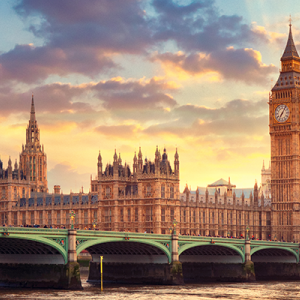12 September 2008
The cost of pensions for millions of public sector workers is more than twice the government's official figure of £15bn a year, an expert has claimed.
John Ralfe, a pensions consultant and a former head of corporate finance at Boots, warned that the public sector pension bill for 2008 alone would be around £30bn. Economists are now calling for the government to be more transparent about its cost estimates.
In a speech to the Centre for Financial Innovation on September 9, Ralfe noted that unfunded public sector schemes – such as those for NHS staff, teachers and civil servants – had 7.5 million members. Another 4 million people are covered by the funded Local Government Pension Schemes.
'After employee contributions, the total official public sector pension cost for 2008 is about £15bn on a £90bn pensionable payroll,' he said.
The discount rate used to calculate the cash cost of future pension payments was based on the Index-Linked Gilt rate, Ralfe explained, because the pensions were government-guaranteed and linked to inflation.
But Ralfe argued: 'The ILG rate used to calculate cash costs is not the market rate, but the much higher rate of 3.5%… This was fixed by the Treasury in 2001.'
Using the market rate for ILGs of around 1.2% as the discount rate to calculate costs would put the pension bill for 2008 at 'about £30bn', he said. Instead, the government's annual accounts were 'flattered by hiding a £15bn cost'.
Antoine Bozio, a research economist at the Institute for Fiscal Studies, said: 'All the debate about the true cost and liabilities is about the choice of discount rate.' The best rate to use would be in line with 'the projected growth rate of gross domestic product over the next 30 to 40 years… but we don't know that number'.
Bozio argued: 'The government has not been publishing enough estimates. There is a real need for more transparency in how to calculate the liabilities.' Estimates based on a range of discount rates would show the 'boundaries' of liabilities – and allow policy makers to discuss adjusting pension scheme rules and benefits if necessary, he suggested.
A Treasury spokesman said: '3.5% is the discount rate that government and its professional advisers consider to be appropriate for measuring the long-term costs of providing benefits and is in line with international accountancy standards, representing average long-term bond rates.'
PFsep2008


















